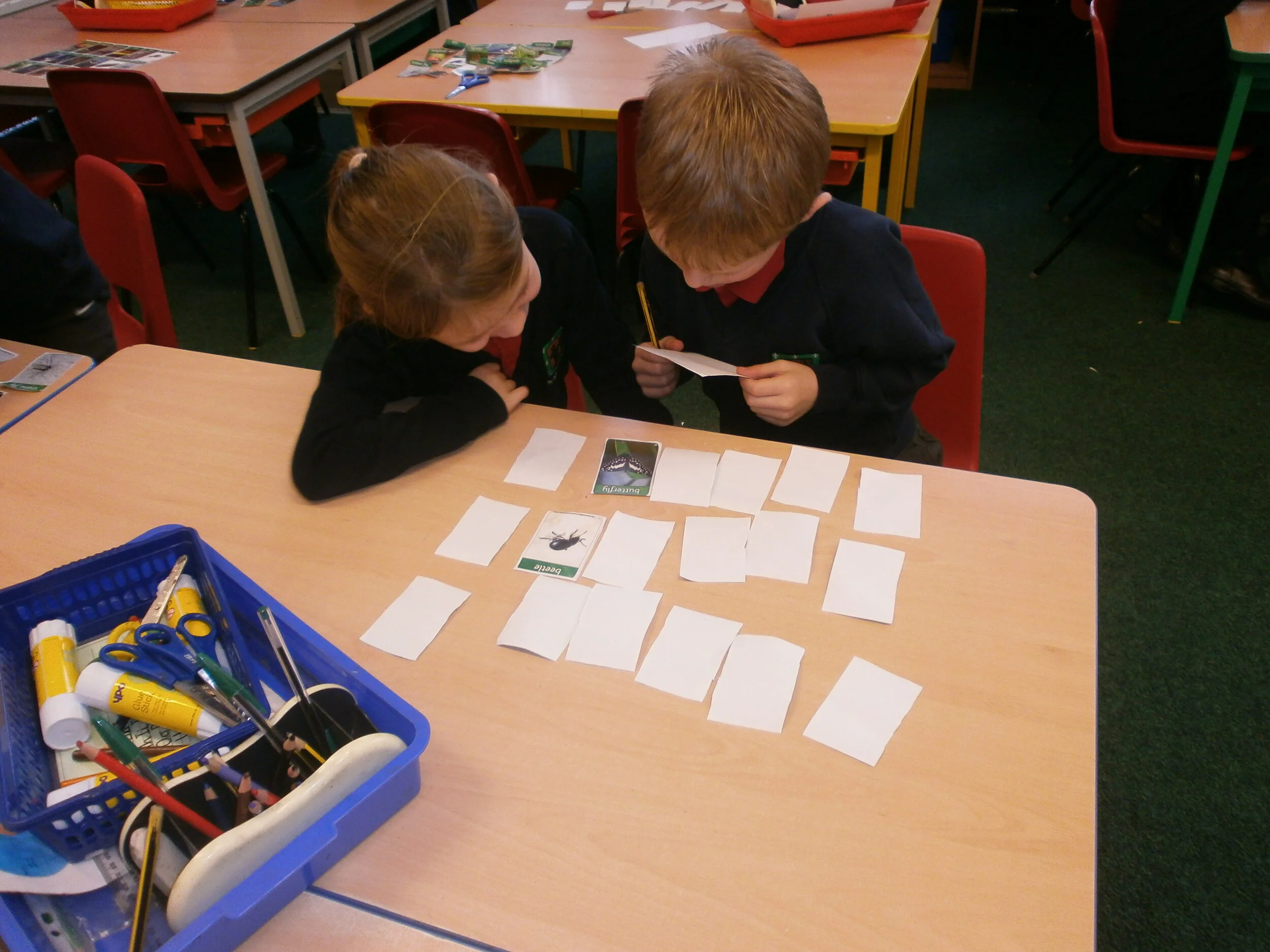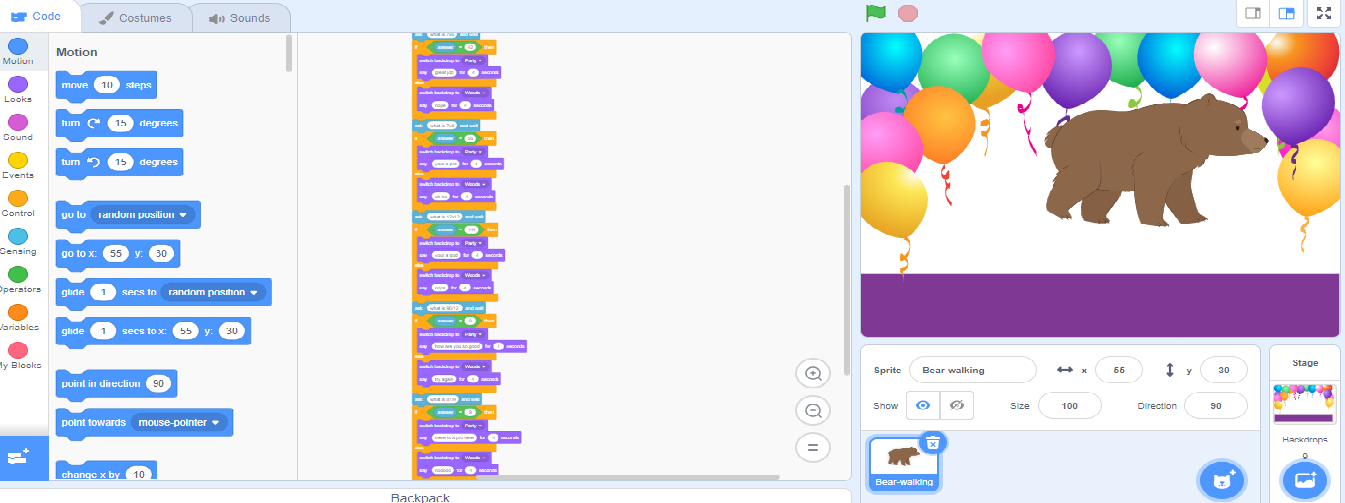
Computing
“If we teach today as we taught yesterday, we rob our children of tomorrow.”
John Dewey
At Loxley Primary School, we offer a broad and balanced computing curriculum. Children use a wide range of technology to develop skills and there are many opportunities for cross-curricular learning. In Foundation Stage, there are opportunities to build computing skills through play based activities, such as, remote control toys, using iPads and Easi-speak microphones, as well as, an introduction to using computer programs, such as, Paint and RM Maths. In Key Stage One children develop their computing skills through ‘unplugged’ learning, such as sequencing instructions on paper, as well as, using hardware, such as Bee-bots and taking photographs using iPads. Our Key Stage Two pupils become confident, developing specific skills in the three strands of computing shown below, through the use of a variety of media, such as Scratch for coding and using the internet purposefully and safely.
Branching databases for mini-beasts in Year 2
Information Technology
This part our computing curriculum includes word processing, creating images, taking and using photographs and video, creating music and animations, using and creating databases, producing websites and contributing to blogs.
Digital Literacy and Internet Safety
At Loxley we ensure that children build the skills to use information technology with safety. Children have their own log in codes and are taught about internet safety. We comply with GDPR statutory guidance by ensuring that all children understand an age appropriate version of the school’s Acceptable Use Policy. With firewalls and sophisticated internet monitoring, we are commited to protecting children on-line and to giving them the skills to protect themselves in the future.
Coding for a Year 4 pupil’s Maths quiz
Computer Science
Within this strand pupils learn to understand what algorithms are, to write algorithms and programs. They also need to be able to find mistakes (bugs) and fix them. Even our youngest pupils are experts at spotting a mistake in a sequence of instructions.



